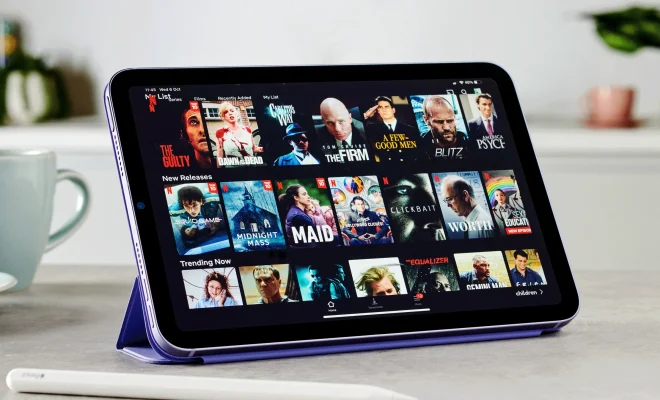HD Ready vs. Full HD vs. Ultra HD: What’s the Difference? Explained

As technology continues to advance, so do the different types of high-definition displays available to consumers. From HD Ready to Full HD to Ultra HD, there are countless options when it comes to choosing the right display for your needs. So, what exactly are the differences between these different types, and which one is right for you? Let’s take a closer look.
First up, we have HD Ready displays. This type of display has a resolution of 1280 x 720 pixels, which means there are 720 horizontal lines of pixels on the screen. HD Ready displays are a step up from SD (standard definition) displays, which have a resolution of only 720 x 576 pixels. However, HD Ready displays do not have as many pixels as Full HD or Ultra HD displays, which means the image quality may not be as sharp or detailed.
Next, we have Full HD displays. These displays have a resolution of 1920 x 1080 pixels, which means there are 1080 horizontal lines of pixels on the screen. This is twice as many pixels as HD Ready displays, which allows for a much sharper and more detailed image. Full HD displays are ideal for watching high-quality content, such as Blu-ray movies and high-resolution video games.
Finally, we have Ultra HD displays, also known as 4K displays. These displays have a resolution of 3840 x 2160 pixels, which means there are four times as many pixels as Full HD displays. This allows for an incredibly sharp and detailed image, even when viewed up close. Ultra HD displays are ideal for watching 4K content, such as movies and TV shows, and for playing high-resolution video games.
So, which type of display is right for you? It ultimately depends on what you plan to use it for. If you primarily watch standard-definition content, an HD Ready display may be sufficient for your needs. However, if you watch a lot of high-quality content, such as Blu-ray movies or high-resolution video games, a Full HD display may be more suitable. And if you want the ultimate viewing experience with the most vivid and detailed images, an Ultra HD display is the way to go.
It’s also important to note that not all content is available in HD or Ultra HD. While more and more content is being produced in high-resolution formats, some older movies and TV shows may only be available in standard definition. Make sure to check the resolution of the content you plan to watch before purchasing a new display.






